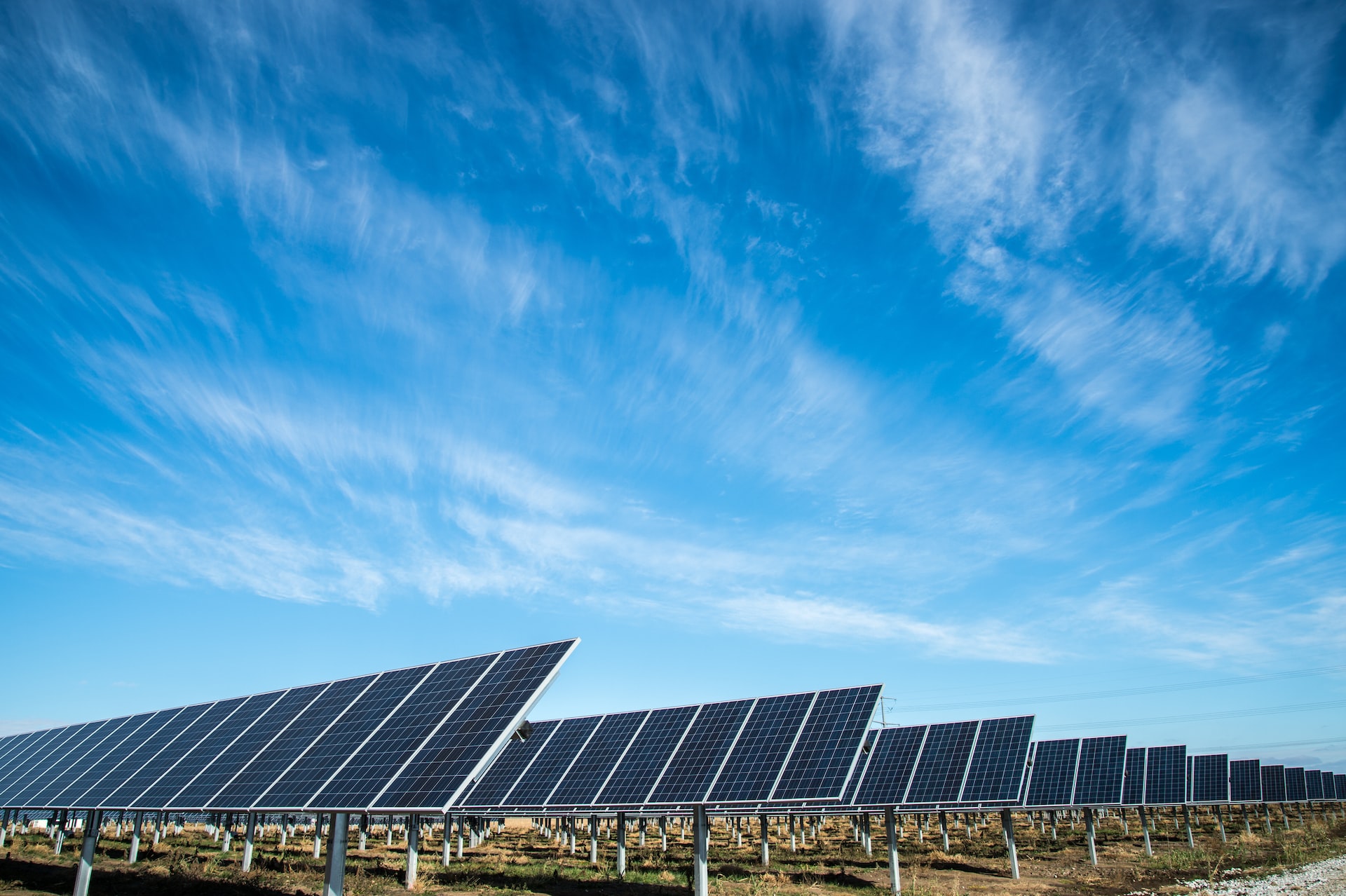In our study of Gen Z and their career plans, almost three quarters of our respondents told us that they believe there is an issue in the world that they can personally change or improve, and that they would not work for a company if it was not taking positive actions for the environment.
There are many career paths that we would typically associate with making a positive impact on our environment, such as work with an NGO or becoming a climate scientist. But what about the construction industry?
Recent developments in Queensland’s renewables sector means that the construction sector will be at the forefront of the state’s decarbonisation efforts, representing up to 26,700 new jobs on average between now and 2050, according to the Queensland’s Renewable Future report released by Construction Skills Queensland last month. This includes workers from a range of education, skills backgrounds and disciplines, meaning that whatever your child’s interests and skills are, there’s bound to be a way they can help Queensland build a better future.
Green Hydrogen
The hydrogen industry is often excluded from the decarbonisation discussion but represents one of the most important opportunities for Queensland’s energy economy in the coming decades. Green hydrogen can be used for transportation, heating and in the natural gas industry, while having an emission reduction of around 60-70% compared to grey hydrogen.
This is a massive help in the fight to reduce global levels of carbon dioxide emissions to net zero. The global market has taken notice, with forecasts suggesting the sector will triple in size to $300 billion by 2050. Some nations, including Japan and South Korea, have stated that green hydrogen imports will play a major role in their own decarbonisation efforts, and Northern Queensland is forecast to be the most cost-effective place to produce green hydrogen in the world.
This of course creates a huge range of career opportunities for young people to build an in-demand and rewarding career. In particular, specialised roles such as metal fitters and machinists, plumbers, and engineers are key careers required for hydrogen infrastructure.
Solar Power
It’s no surprise that Queensland has world-class natural solar potential, and their renewables supply reflects this with 50% of all projects in the pipeline being related to solar power infrastructure and generation. This means that workers for solar projects are in hot demand – especially labourers and electrical distribution trades workers. Electrical distribution trades workers cover occupations that deal with the preparation, installation and maintenance of the power distribution networks, such as Linesworkers and Technical Cable Jointers.
Wind
Wind power shares many of the same features as solar power projects, with both doubling in investment over the last five years. Surprisingly, this valuation only reflects underway or committed projects, with another 85% of wind projects remaining at the planned or possible stage.
Earthmoving Plant Operators, Structural Steel Construction Workers and Electrical workers will be incredibly important roles in the wind energy space, both in helping the construction and establishment of the generators, as well as supporting the increased grid capacity required to supply 12 times more energy than we are currently by 2050.
What does this mean for Gen Z?
A new green energy boom is on the horizon for Queensland, and if today’s students and graduates are interested and supplied information about pathways into the construction sector, they can be a part of this transformative economic opportunity. That’s why Construction Skills Queensland has developed a plethora of research-led programs to support students’ transitions into fulfilling, rewarding careers in construction.








